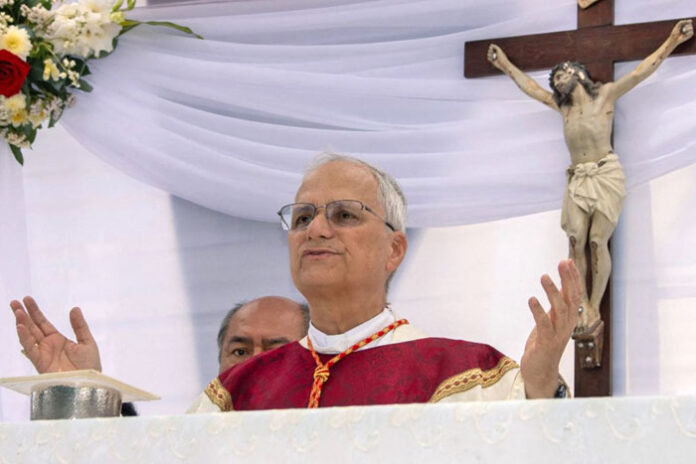The Employers Confederation of the Philippines (ECOP) is considering aligning its ongoing private sector jobs initiative with the Marcos administration’s newly-launched national employment program, but said that coordination with government agencies has yet to formally begin.
“This is the first time it’s being presented to the public. Do we have a target for 2025 or 2028? I really don’t know,” ECOP President Sergio Ortiz-Luis Jr. said on the sidelines of the launch of the program.
Ortiz-Luis said the private sector-led effort to create 1 million jobs might be synchronized with the government’s employment plan under the Trabaho Para sa Bayan Act (Republic Act No. 11960), but discussions on how to align the two have not yet taken place.
“We’re looking at aligning them, but we need to sit down with the council and understand the government’s targets. I was appointed to represent the private sector, but we haven’t met as a council yet,” he said.
He said ECOP had submitted its position to Department of Economy, Planning and Development (DepDev) Secretary Arsenio Balisacan, who chairs the Trabaho Para sa Bayan Inter-Agency Council.
The country’s employment rate stood at 96.1 percent as of March 2025, consistent with the previous year. This translates to about 48.02 million employed individuals.
Unemployment rate was at 3.9 percent, slightly higher than 3.8 percent in February 2025, equating to about 1.93 million jobless Filipinos.
Ortiz-Luis raised concerns about persistent joblessness, noting that while the unemployment rate remained relatively flat year-on-year, the absolute number of jobless Filipinos continues to grow due to the rising number of new entrants into the labor force.
“We have 800,000 to 1 million new graduates entering the labor market every year. Even if the rate stays the same, the actual number of unemployed increases,” he said.
He also cautioned against across-the-board wage hikes that primarily affect the formal sector, which he said accounts for just 16 percent of the 52 million-strong workforce.
“The remaining 84 percent, farmers, fishermen, vendors, informal workers, don’t benefit from mandated wage hikes. If higher wages lead to job losses, how do we help the rest of the labor force?” he said.
Ortiz-Luis said the private sector remains open to supporting inclusive employment measures, but cited the need for clear targets, realistic expectations and a balanced approach to policy-making.







